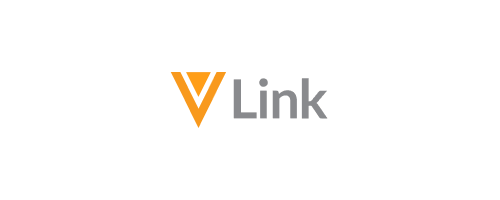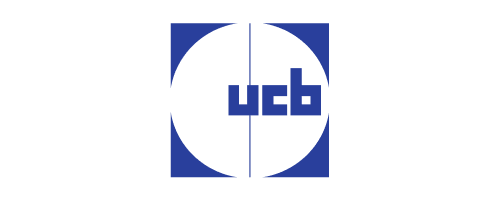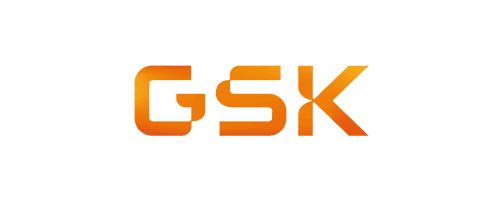Breaking Silos in Cross-Functional KOL Engagement: Q&A with Astellas
"We now have a complete view of both historical and upcoming engagements with each KOL across functions, helping us coordinate more effectively and make each touchpoint count."
As the healthcare landscape grows in complexity, scientific exchange between external experts and biopharma companies is increasingly important. Unfortunately, siloed systems and functions make it challenging to deliver well-coordinated key opinion leader (KOL) experiences and optimize engagement strategies. Oftentimes, select KOLs are highly engaged while others are missed, especially at congresses like the American Society of Clinical Oncology (ASCO).
At Astellas, this challenge became an opportunity.
I connected with Ambily George, innovation capability enablement lead at Astellas, to hear how the company is optimizing expert engagement across the global enterprise. She detailed her team’s efforts to strengthen end-to-end congress planning and significantly improve engagement visibility leading up to key congresses — accelerating progress toward their ‘One Astellas’ vision.


Tatiana Panzeri: What is the ‘One Astellas’ vision and why is expert engagement critical?
Ambily George: At Astellas, our vision is to translate innovative science into real value for patients. To achieve that, we are investing in accelerating drug development and maximizing the full potential of our products. Expert engagement obviously plays a critical role in this effort. Imagine the impact if every interaction, insight, and signal were captured, shared, and acted upon across the organization. That level of coordination would help our organization move faster, make better decisions, and ultimately deliver greater value to patients.
TP: How did you get started on executing this vision?
AG: We started by asking ourselves a critical question: Are we maximizing the value of our external stakeholder engagements at congresses? Our reflection revealed both significant challenges and immense opportunities. We had to evolve to reach meaningful collaboration and improve visibility across functions and geographies.
“We moved away from fragmented, function-specific congress engagement planning and built a cohesive cross-functional strategy. Link Workflow plays a central role throughout the end-to-end process.“
TP: What challenges prevented coordinated KOL engagement in the past?
AG: We lacked a global strategy for identifying and engaging the right experts. Different regions and affiliates used fragmented methods for engagement planning. Highly valuable insights weren’t always visible or leveraged effectively.
It became very clear that we needed a cohesive approach to KOL engagement at congresses as well as a well-defined execution engine — one that enabled transparency and alignment globally among medical, commercial, and clinical teams. As we already leveraged Link Key People for deep KOL profiles, we turned to Veeva Link Workflow to connect the dots between teams, ensure engagement with the most critical KOLs, and provide visibility to leadership.
TP: You started with Link Workflow a few years ago. How did you first start using it?
AG: We first introduced Link Workflow to plan for ASCO and ASCO GI congresses. After that initial experience, we gathered feedback from congress participants to reflect on the benefits and areas for improvement.
This experience showed us the potential to scale the congress engagement planning process on Link Workflow. We continued scaling this new approach across other congresses and eventually fully standardized our congress engagement planning process globally on Link Workflow. This has allowed us to optimize the volume and quality of our touch points. A great example was ESMO where we improved pre-congress engagement visibility by 88% compared to before we used Link Workflow.
TP: How has congress engagement planning evolved as a result?
AG: We moved away from fragmented, function-specific congress engagement planning and built a cohesive cross-functional strategy. We know that an effective end-to-end congress planning process covers all stages — before, during, and after an event. Link Workflow plays a central role throughout and across both congress attendees and congress organizing teams.
- Before congress: A centralized yet simple nomination process across all functions enables standardized planning. This includes elevating the role of the congress team to help balance the number of engagements for prioritized KOLs. We moved from multiple excel sheets and limited transparency to managing the entire process on Link Workflow.
- During congress: Real-time interaction tracking gives us the ability to see who is meeting with whom, when, and where. The Link Key People Interactions tab provides visibility across teams into past and upcoming engagements to inform better conversations.
- After congress: Reporting tools turn engagement data into actionable insights, allowing us to continuously refine our strategy and ensure each touchpoint adds value. Dashboards surface engagement patterns to quickly identify gaps and overlaps to improve coordination.
“Link Workflow enables stronger end-to-end, cross-functional collaboration to ensure that congress planning is both strategic and efficient. It has been instrumental in advancing our ‘One Astellas’ vision.“
TP: Overall, where have you seen the most value from Link Workflow?
AG: It has been instrumental in advancing our ‘One Astellas’ vision. Link Workflow enables stronger end-to-end, cross-functional collaboration to ensure that congress planning is both strategic and efficient.
One of the biggest benefits of Link Workflow is the improved KOL experience. It minimizes scheduling conflicts, enhances the quality of our conversations, and ensures each interaction is intentional — showing our experts that we respect and value their time.
We have a complete view of both historical and upcoming engagements with each KOL across functions — medical, commercial, clinical, and development — helping us coordinate more effectively and make each touchpoint count. It’s powerful.
Learn more about optimizing your organization’s KOL engagements



